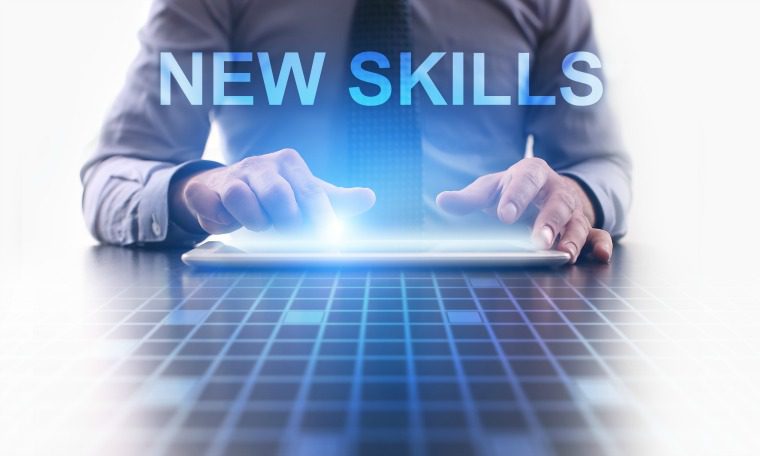 Learning organizations today are dealing with a lot of change. LMS and learning platforms are evolving into video learning solutions; employees want consumer-like learning experiences; experts in all domains are creating videos, MOOCs and YouTube lessons. And of course, companies are reinventing employee skills around digital disruption, unconscious bias, new leadership models, and dozens of operational topics.
Learning organizations today are dealing with a lot of change. LMS and learning platforms are evolving into video learning solutions; employees want consumer-like learning experiences; experts in all domains are creating videos, MOOCs and YouTube lessons. And of course, companies are reinventing employee skills around digital disruption, unconscious bias, new leadership models, and dozens of operational topics.
All this has created a complex problem: How do learning leaders build and curate all the content employees need? How can we blend all the content we have into meaningful programs that stick? How do we deal with our employees’ ever-increasing demand for dynamic, “just what I need” content online?
Despite the fact that we spend more than $130 billion on L&D around the world, research shows that training departments are not keeping up with these challenges. Degreed released a study, “How the Workforce Learns in 2016,” that showed among 500-plus respondents, people rate their training department with a minus 31 percent net promoter score; that’s not good.
But the biggest change we’re dealing with is the disintegration of learning content, what one might call the “growing role of microlearning.”
In the early 2000s when the internet was young, online training was invented to eliminate the need for instructor-led training. We took four- or eight-hour courses and reauthored them to work online. We built long programs with fancy media and interactivities designed to mimic a multiday instructor-led course.
This first generation e-learning was revolutionary, and companies like Skillsoft, NetG, Click2Learn, DigitalThink — my alma mater — and others were born. This market grew rapidly, and the LMS market adapted to help us manage, administer and track these courses.
As learners, we were excited to see this content online because we could learn whenever we wanted; we didn’t have to travel for days at a time and our companies could save money.
All of that worked, until the world took a new direction. In 2007, Apple introduced the iPhone and essentially killed flash technology with its implementation of iOS. Suddenly we had a new set of low-cost tools like our phones to capture video, pictures and sound. This opened the door to video-based learning, YouTube, expert-led MOOCs, and the millions of instructional videos we have today. Companies like Udacity, Udemy, Lynda.com, General Assembly and others grew as next-generation content providers.
While we still have long e-learning courses, they are most often used for compliance training. We are too impatient and twitchy to sit still for long, and it’s getting worse. Now we have live video streaming available online, spend more than five hours a day on our phones and interact more than 8 billion times in a single working day.
The way people want to learn today can be described in one word: fast. We want entertaining videos that make a point quickly; and we want systems that let us find and consume content with the click of a button. New LMS systems from companies like Workday, Oracle and others are designed to curate and deliver small video objects; learning infrastructure is shifting to help manage this new immediate-gratification way to learn.
A few months ago I met with a large L&D organization. They told me their learners now tell them that “TED videos are too long.” It was TED that taught many of us to shrink videos down to 18 minutes. Now we want them to be five minutes or less.
This new world is called microlearning, and it represents one of the biggest and most important changes coming. It will stress our design principles, force us to refine content, and give us the opportunity to get closer to employees’ needs. We can now produce content that immediately teaches what we need to know, that inserts itself at the time of need, and is so interesting that we remember it after only a few minutes.
The world of technology-based learning is always changing. I look forward to microlearning becoming a wave of the future, and helping all of you understand how to make it work for your organization.
Josh Bersin is founder of Bersin, known as Bersin by Deloitte, and a principal with Deloitte Consulting. To comment, email editor@CLOmedia.com.















